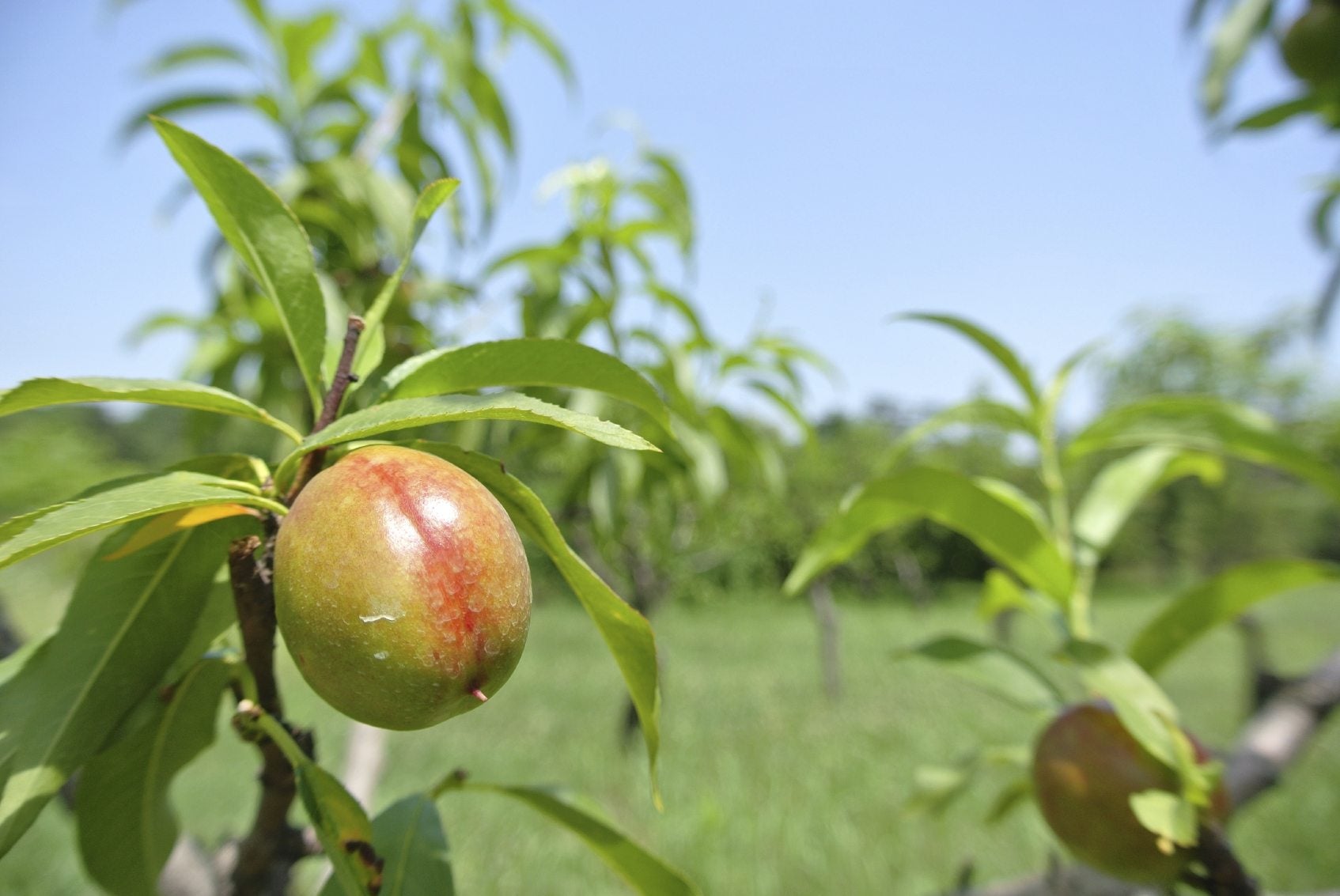Thinning Out Nectarines – How To Thin Nectarines

If you have a nectarine tree, then you know that they tend to set a lot of fruit. Certain fruit trees set more fruit than the tree can handle --among these are apples, pears, plums, tart cherries, peaches and, of course, nectarines. If you wish to increase the size of fruit, thinning is of paramount importance, so the question is, “How to thin nectarines?”
How to Thin Nectarines
Thinning nectarine trees allows the energy of the tree to go toward selected fruit, engendering larger, healthier fruit. Nectarine fruit thinning also reduces the possibility of breaking a limb due to overly burdened branches. There is another reason for thinning out nectarines: nectarine fruit thinning increases the plant’s ability to produce flower buds for the successive year. To accomplish the second goal when thinning nectarine trees, the thinning must be done early. So how do you go about thinning nectarines? Thin excess nectarines when the fruit is about the size of the end of your little finger. I suppose everyone’s little finger end is a bit different in size, so let’s say about ½ inch (1 cm.) across. There isn’t a quick way to thin nectarines; it must be done by hand, patiently and methodically. Timing will vary according to variety somewhat. Once the fruit has attained a size of between ½ and 1 inch (1-2.5 cm.) in diameter, it goes into a bit of a dormant phase, not gaining in size for a week or so. This is the time to thin the nectarines. Simply select healthy looking fruit and remove others surrounding it, spacing the selected fruit 6 to 8 inches (15-20 cm.) apart to allow them to grow. If the fruit set is overly abundant, you can thin fruit to 10 inches (25 cm.) apart on the branch. Remove damaged fruit first. Next, remove fruit that is at the tip of branches that can potentially drag the limb down due to weight and break it. Start at the tip of a branch and systematically remove fruit. It may seem painful to remove all those young nectarines, but if it helps, keep in mind that only about seven to eight percent of the flowers are needed to set a full crop of fruit. You won’t regret it in the end when you sink your teeth into a big, juicy nectarine.
Sign up for the Gardening Know How newsletter today and receive a free copy of our e-book "How to Grow Delicious Tomatoes".

Amy Grant has been gardening for 30 years and writing for 15. A professional chef and caterer, Amy's area of expertise is culinary gardening.
